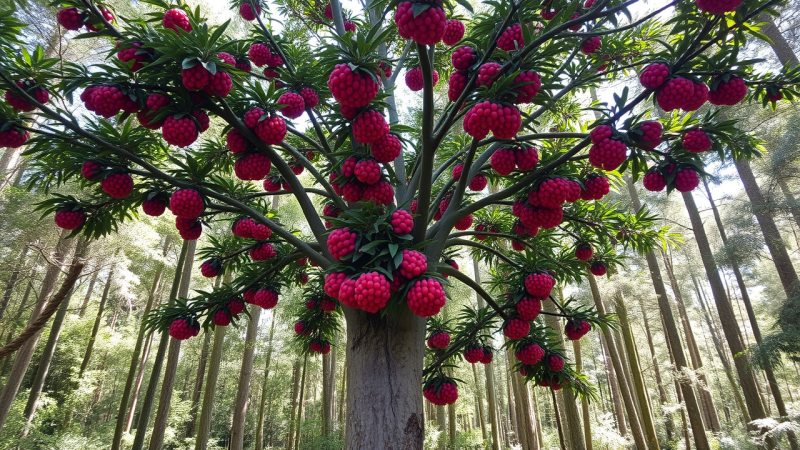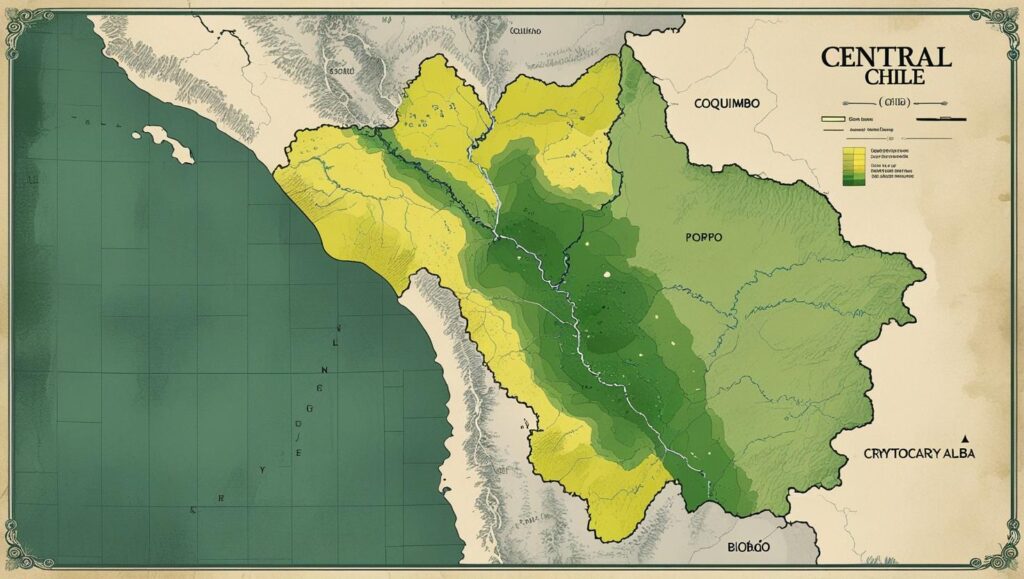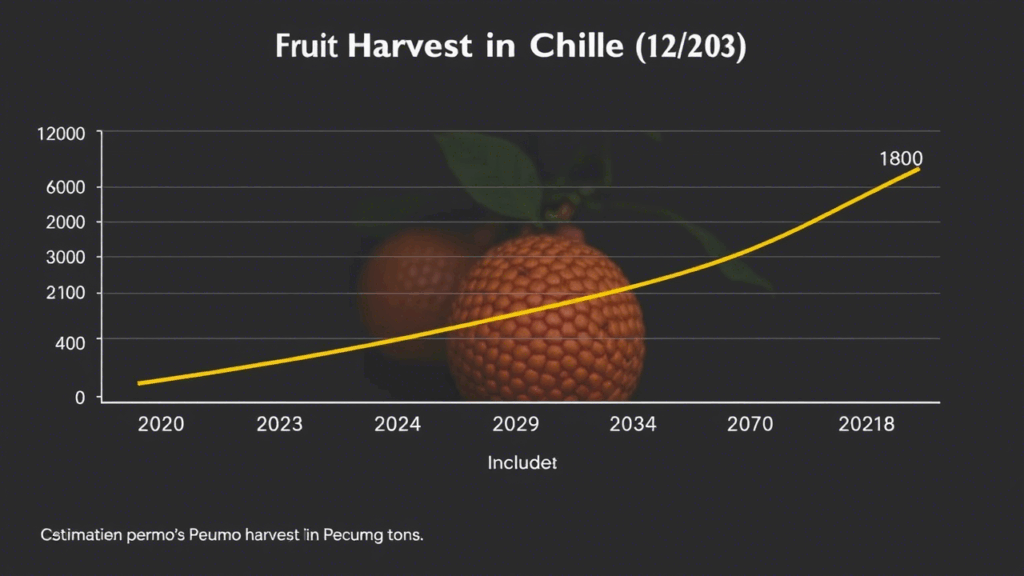In the globalized marketplace where fruits from every continent compete for supermarket shelf space, one naturally raises the question: which country is the largest peumo producer? The answer is simple and definitive: Chile. This South American nation accounts for virtually all of the world’s peumo harvest, not due to industrial-scale farming, but because it is the exclusive native home of this culturally significant tree.
The peumo (Cryptocarya alba) is a hardy evergreen tree endemic to the sclerophyllous forests of central Chile. Its bright red, olive-sized fruit is not cultivated in vast commercial orchards for export. Instead, it is primarily harvested from the wild, continuing a tradition that predates modern agricultural economics and is deeply woven into the country’s cultural and ecological fabric.

Chile’s Unique Monopoly on Peumo Production
Unlike globally traded commodities, peumo production is a hyper-local affair. The tree thrives in the Mediterranean climate zone of central Chile, stretching from the Coquimbo region in the north to the Biobío region in the south. While small, non-commercial populations exist in the Andean foothills of western Argentina, Chile remains the only country where the peumo is actively and significantly harvested.
This exclusivity is a direct result of geography and ecology. “The peumo is intrinsically linked to the Chilean sclerophyllous forest, one of the world’s most endangered ecosystems,” explains a report from the Chilean Forestry Institute (INFOR). This ecosystem, characterized by hot, dry summers and mild, wet winters, is where the tree has evolved and flourishes. Attempts to cultivate it on a large scale elsewhere have not been successful, preserving Chile’s status as its sole steward.
Annual harvest volumes are difficult to quantify with precision due to the informal nature of the collection. However, ethnobotanical and forestry studies estimate that between 800 and 1,200 metric tons of peumo berries are collected each year. This harvest sustains local markets, family consumption, and a small, niche industry for value-added products.
Cultural Roots and Modern Uses
For centuries, the peumo has held profound importance for the Indigenous Mapuche people of Chile. The tree is considered sacred in Mapuche cosmology, intertwined with local myths and healing traditions. Its fruit, leaves, and bark are integral components of traditional medicine.
The fruit itself, known for its distinct, slightly astringent flavor, is not typically eaten raw. The traditional method of preparation involves scalding the berries in hot water to soften the pulp and remove bitterness, making them a popular snack in rural areas.
Modern scientific research has begun to validate some of the peumo’s traditional uses. A 2021 study published in the journal Molecules highlighted the fruit’s exceptionally high antioxidant capacity, finding it to have greater potential than even blueberries. Researchers identified polyphenolic compounds and quercetin, which are known for their anti-inflammatory properties.
“The peumo is a prime example of a non-timber forest product with significant potential,” said Dr. Carolina Álvarez-Maldini, a researcher at the Universidad de O’Higgins who has studied native Chilean flora. “Its value is not just economic, but also cultural and ecological. Sustainable harvesting practices are crucial to ensure its preservation for future generations.”

From Wild Harvest to Niche Markets
While the peumo is not a major export, it supports a vibrant local economy. During the harvest season from late summer to early autumn (January to March), the fruit appears in local ferias (markets) across central Chile. Beyond direct consumption, the peumo is used to create a variety of products:
- Herbal Medicine: The leaves and bark are sold in traditional herbal markets, often used in infusions to treat liver ailments and rheumatism.
- Cosmetics and Skincare: Extracts from the peumo are beginning to be explored for their antioxidant properties in natural cosmetic products.
- Artisanal Foods: Some small-scale producers are experimenting with peumo-based jams, syrups, and liqueurs.
The tree’s wood is also highly valued for its hardness and durability, though its use is limited due to the peumo’s protected status in many areas and the focus on conserving the species.

The Future of a Native Treasure
The primary challenge facing the peumo is not scaling production but ensuring its conservation. The central Chilean forests it inhabits are under constant threat from urban expansion, agricultural conversion, and increased frequency of wildfires.
Conservation efforts, supported by organizations like Chile’s National Forestry Corporation (CONAF), focus on protecting these vital habitats. There is a growing movement within Chile to promote the sustainable use of native plants like the peumo as a way to give economic value to the forest, thereby creating an incentive for its preservation.
As global interest in unique, nutrient-dense “superfoods” and natural remedies continues to grow, the peumo may one day find a small but dedicated international market. For now, however, its production remains a uniquely Chilean affair, a testament to the powerful link between a people, a plant, and the land they share.
Jamaica Stands as World’s Top largest Ugli fruit producer Amidst Citrus Industry Challenges
